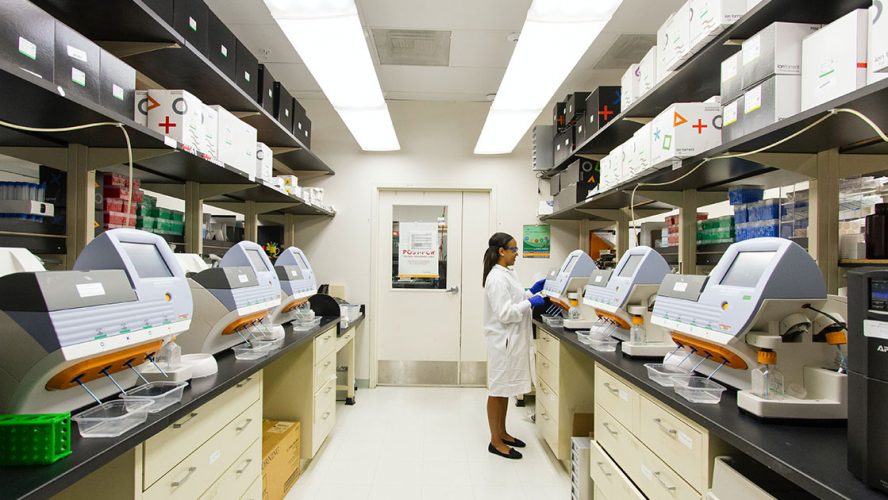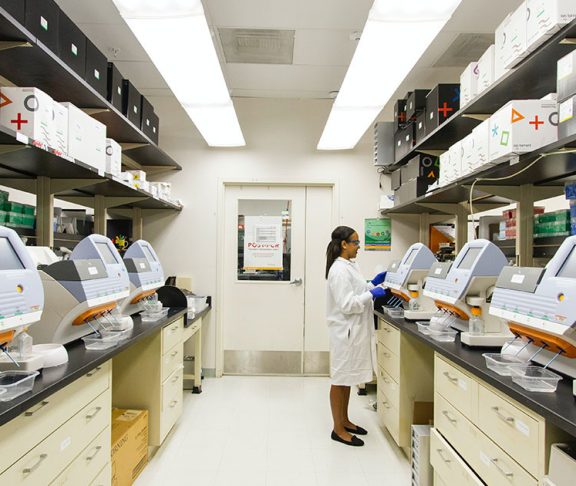Achieving health equity requires removing barriers and creating opportunities so that every person has access to quality healthcare and the opportunity to be as healthy as possible. We have witnessed this firsthand in service to patients with lymphoma, the most common type of blood cancer.
Patient-centered education
A diagnosis or relapse of lymphoma or chronic lymphocytic leukemia (CLL) often leads patients and their caregivers to sift through a complex network of information. This becomes more challenging when social and systemic barriers prevent a patient from accessing accurate health information.
As a result, more nonprofits and medical institutions have invested significantly in education materials and support services that assist patients as they navigate their diagnosis. Increasingly, this disease-specific education evolved to also address financial toxicity, and the concerns many patients have regarding the affordability of their cancer treatment.
Now consider that data from the U.S. Census Bureau’s most recent American Community Survey showed that 21.6 percent of Americans spoke a language other than English at home. Recognizing that patients rely heavily on information available to them to maintain their health and their families’ health, it is crucial to ensure that such resources are culturally appropriate, produced in multiple languages, and made available to patients where they are and feel most comfortable receiving such information.
Diversity in clinical trials
The attention drawn to such patient-centered healthcare over the past year has brought necessary resources to the provision of health education programming. More resources are required, and one area that requires significant consideration is participation in clinical trials. Clinical trials are critical to advancing new therapies for the treatment of cancer. This is true for lymphoma patients, as many lymphoma subtypes are rare diseases with limited treatment options or no standard of care.
As the medical, scientific, and advocacy communities sought to address COVID-19, these disparities became apparent, showing how different segments of Americans (racial and ethnic minorities, young people, the elderly, etc.) are impacted by the pandemic differently. These differences also highlight why the development and distribution of vaccines and other therapies must represent the entire population and address traditionally underrepresented communities’ needs.
The U.S. Food and Drug Administration identified that people who participate in clinical trials should represent the populations most likely to use a potential new medical product, and issued guidance on designing and executing clinical trials of drugs that include people with different demographic characteristics. For success, such efforts must be supported and prioritized by a broad and diverse array of stakeholders.
Representation
Despite decades of workforce-diversity efforts, diversification in medical subspecialties, like lymphoma research and clinical care, remains a challenge. According to an article in the New England Journal of Medicine, long-standing institutional tradition and policies that result in inequity create barriers for racial and ethnic minority groups in advancing their medical careers. In addition, a lack of diversity in medical subspecialties can alienate patients because they do not see themselves represented in the healthcare professional team caring for them.
In 2021, it is estimated that more than 111,000 people will be diagnosed with lymphoma and CLL in the United States. To meet all patients’ needs, we need to champion systemic changes to the way we educate and inform, and reduce the barriers to care for every patient.


